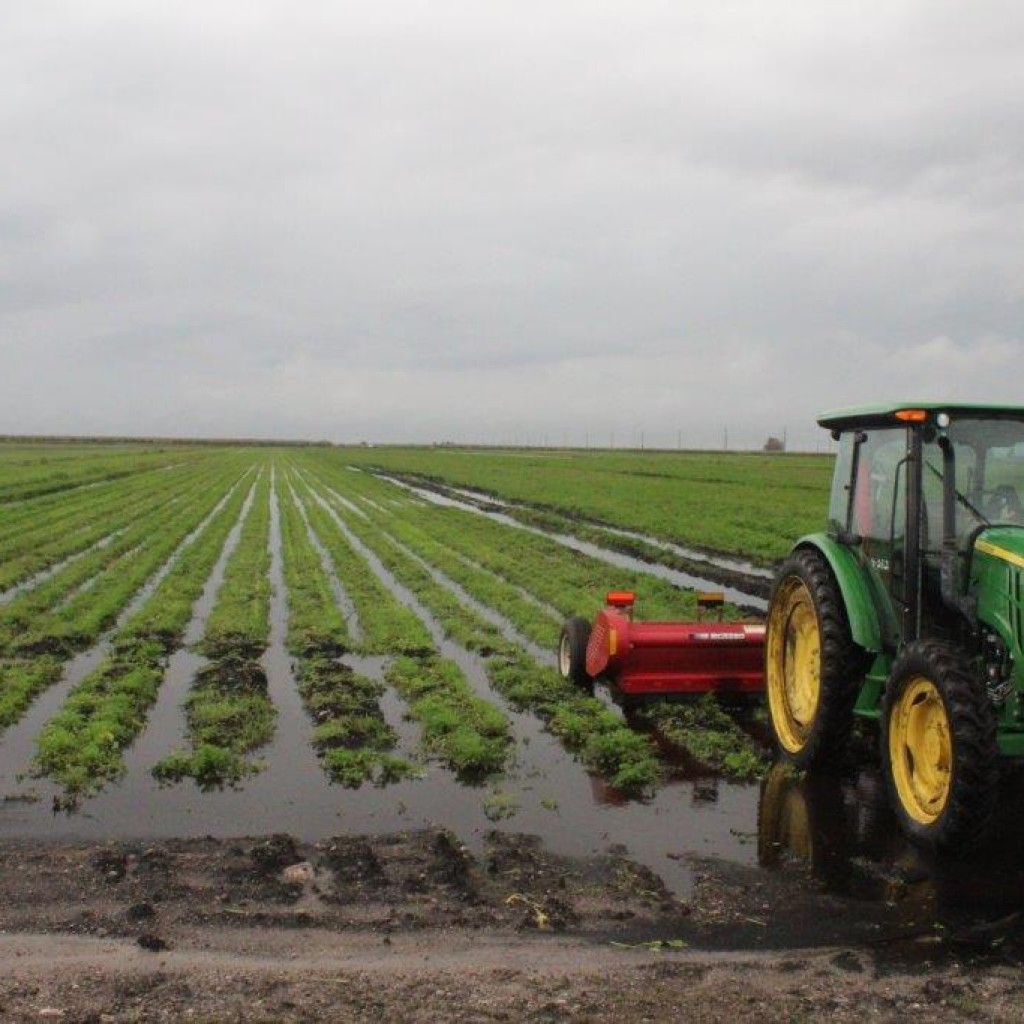
A soggy January has some officials concerned over how the wet weather will affect the state’s agriculture industry.
“South Florida farmers are reeling from biblical proportions of rainfall and flooding over the past few days, weeks and months of the results of El Niño,” said Agriculture Commissioner Adam Putnam. “With record amounts of rainfall over the last three months, and above-average rainfall expected for the next several months, the long-term impacts to South Florida’s agriculture community could be devastating.”
More than 9 inches of rain drenched South Florida between Jan. 2 and Friday, according to the South Florida Water Management District. The district’s 30-year average for January is about 2 inches of rain.
The saturated January came on the heels of above-average rainfall in November and December. In December, South Florida Water Management District meteorologists reported 3.75 inches of rain fell across the district.
In November, district meteorologists said 3.29 inches of rain fell across the district.
The Miami Herald in December reported that at least 60 farmers said they lost between 40 and 100 percent of their crops because of heavy rains and an aging flood control system.
According to the Naples Daily News, the higher-than-average rainfall has damaged vegetable crops across the state. The paper reported that since the fall a variety of weather circumstances — from high heat and humidity to high winds — have caused problems for growers.
“We’re currently in communication with the South Florida Water Management District, the U.S. Army Corps of Engineers and others to monitor the situation and provide support to the impacted communities as needed,” Putnam said in a prepared statement.
The increased rainfall also means the water levels at Lake Okeechobee are rising. The Army Corps of Engineers on Friday announced it planned to increase water discharges from Lake Okeechobee to manage the lake’s levels.
The South Florida Water Management District has warned that the 2016 dry season won’t actually be that dry. The National Weather Service has said South Floridians should expect above-normal rainfall, an average of five to 10 more days with measurable precipitation, and below-normal temperatures.
South FL farmers have suffered historic rainfall this year, & more rain is forecasted. Keep them in your prayers. pic.twitter.com/KCgckxG1Yj
— Adam Putnam (@adamputnam) January 29, 2016



